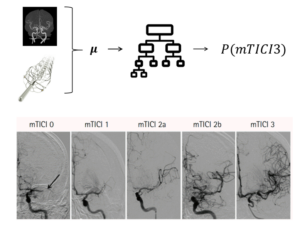

Period:
–
PI:
Participants:
Funding entity:
The self-emergence and maintenance of patterns in space and time in biological systems is a central question in physical biology and in bioengineering. These patterns are responsible for many autonomous biological functions in physiology and disease such as embryonic development, cell migration, wound healing, tumor growth and cancer invasion, or heart pumping. While biochemical networks and mechanics can explain the emergence of biological patterns by themselves, recent research suggests that biological organization and function depends on an intimate interplay between materials/mechanical aspects and regulatory chemical circuits. However, a mechanistic understanding of this interplay is lacking. Here, we develop a mathematical and computational framework for the autonomous self- organization and function of cellular and multi-cellular systems by coupling active structural components of cells and tissues with biochemical regulatory networks. Then, we apply this framework to reproduce and hence understand complex emergent behaviors of several biological systems including single cell behaviors, intestinal organoid development and homeostasis, and cancer organoid invasion. The theoretical and computational models of biological form and function naturally connect with synthetic biology because they simplify the actual biological system and by doing so, identify the key mechanistic requirements to achieve a given autonomous behavior, which is then a guideline for synthetic biology implementations. Therefore, we will use the acquired knowledge to design artificial systems mimicking biological ones at the cell level and at the organ level, such as synthetic tissue constructs and biohybrid soft robots.


